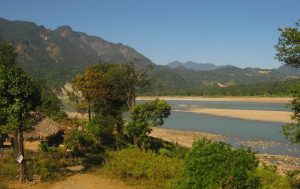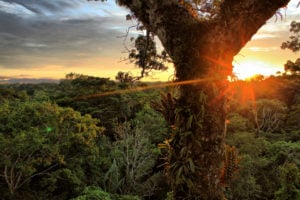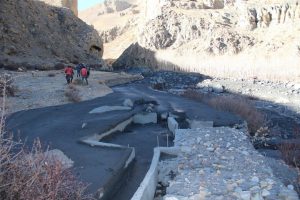The past year has witnessed unexpected and destabilising political events that could have serious implications for international relations and climate action in 2017. We asked five experts what they think the key issues are to look out for in the year ahead.
Andrew Light, distinguished senior fellow at World Resources Institute
“One of the most important things to watch for in 2017 will be how the US and China learn to work together under the next US administration.
If these two countries are going to have a productive relationship, US and China’s leaders will need some safe harbours to talk through delicate issues such as these. While it may seem counter-intuitive, one place to turn to is their surprisingly successful relationship on climate change and clean energy.
The US and China were at the centre of all the successful climate initiatives forged in recent years, from the creation of the Paris Agreement, to the deal on phasing out hydrofluorocarbons, to the launch of a new program to reduce emissions in civil aviation. Just as importantly, this partnership made it possible for the two countries to engage productively on other, thornier issues. The US and China are now involved in dozens of cooperative projects on topics such as air pollution, solar energy, and carbon sequestration.
Given President-elect Trump’s claim to having an “open mind” on climate change, he might come to recognise that it could again provide needed stability to the relationship with China. If he chooses this path then it may encourage a better reception from other G7 and G20 countries. If he does not, then we will see if backing away from America’s climate commitments creates an additional hurdle for achieving his other foreign policy objectives.”
Matt Ferchen, associate professor in the Department of International Relations at Tsinghua University
Amidst a year of international political upheaval in 2016, China may appear a relative bastion of calm. In fact, given the decided turn away from international openness and cooperation by the UK and US, China has sought to position itself as a leader on such issues as trade and climate cooperation. Yet 2017 is likely to bring major challenges for China that will make any efforts to take a leadership position, including among developing countries, an uphill struggle.
On trade, China will certainly continue to try to fill the vacuum created by an increasingly inward looking US under a President Trump, yet China’s own trade surplus and its continuing problems with industrial overcapacity leave China exposed to increasing trade frictions. In its trade relations with developing countries in places like Latin America, Africa and Southeast Asia, China will find it difficult to change the commodities-for-manufactures structure that increasingly worries its trade and diplomatic partners in the global South.
Similarly, on climate change China will certainly seek to promote its own brand of leadership especially if President Trump backs out of American global commitments and bilateral initiatives with China. Yet domestically China’s own environmental challenges only continue to grow and its extractive industry and infrastructure-led ties to developing countries as geographically diverse as Peru and Myanmar will continue to pose challenges for host governments and civil societies in those countries.
2017 is thus likely to expose a gap between rhetoric and reality in China’s ongoing evolution as a global power.
Zhang Haibin, professor at the School of International Studies, Beijing University
The global state of affairs will become distinctly more unpredictable in 2017. How China can play a “stabilising” role in global environmental governance in this context deserves special attention.
After Trump was elected President of the United States, because of his obvious scepticism about climate change, it is almost certain that the US will bid farewell to Obama’s commitment to the US playing the global leader in tackling climate change. Because the Paris Agreement is essentially a “bottom-up” emissions reduction deal, it is hard to imagine that it could be implemented without a leader.
Currently, the international community has placed their expectations on China. How should China respond? This is a major issue facing the country in 2017 and will inevitably attract a great deal of debate domestically. The results of this debate will have a profound impact on the direction of China’s future participation in global climate governance as well as in other areas of global governance.
In 2017, for the first time, China will host the Conference of the Parties (COP) to the United Nations Convention to Combat Desertification. Will China make a good impression in how it shows leadership, offers proposals, contributes thoughts, and honours its commitments to the Convention? This will be a general concern for China and the rest of the world in 2017.
China will also hold its first “One Belt One Road” (OBOR) international cooperation summit. At this forum, national leaders will gather to promote the initiative. It will be of interest to see what policies China will introduce to make OBOR greener.
Finally, the Chinese government will begin building a national carbon market in 2017. Because of the potentially massive scale of this market, the success or failure of its operation will not only affect China’s ability to reduce its emissions, but it will also be a powerful example to the rest of the world.
Lo Sze Ping, CEO of World Wildlife Federation China
Over the past few years, an increasing number of scientists have agreed that mankind has entered a new geological age, a “man-made” era, the Anthropocene, an age where human activity has become the major force behind changes to planetary systems. Furthermore, these changes are geologically enduring, and worse than this, they are irreversible. From a study of the theory of “planetary boundaries”, human activity has pushed four of our planet’s nine critical support systems past safe operating limits — the climate, ecosystem integrity, the nitrogen-phosphorus cycle, and land use. The impact of human activity is pushing our planet to its limits.
The WWF’s latest Living Planet Report 2016 reveals the scale of human activity and its influence on the biosphere. We are using the resources of 1.6 Earths to meet our demands for products and services every year; the number of wildlife species worldwide will has fallen by 67% in the 50 years between 1970 and 2020. In short, we are facing an unprecedented planetary crisis. But we are also seeing growing consensus on this issue, and the opportunity to change our future lies within our grasp.
Looking ahead, China should tackle the environmental pressures and impacts brought by its rapid economic growth, urbanisation and unsustainable consumer lifestyles. At the international level, we expect the Chinese government to continue to play a positive role in global environmental governance. It will continue to encourage tackling climate change and carrying out sustainable development objectives when it hosts the BRICS summit; it will push for the joint implementation of the 2030 Agenda for Sustainable Development with its OBOR project and continue to implement the Paris Agreement.
Carlos Rittl, Executive Secretary Climate Observatory
The news from countries is mixed. On the one hand, there are India and China. In December of last year, the Modi administration indicated that it will reach 57% renewables in India’s energy matrix in 2027, far above its Paris target. And early in 2017, China announced that it expected to achieve the equivalent of more than two “Brazils” worth of wind power (220 GW) and solar energy (110 GW) by 2020.
On the other hand, there is the United States, where president-elect Donald Trump has put together the most fossil-fuel friendly cabinet in history. He will try to carry out his threats against the domestic and global climate agenda, and his first steps will likely include new incentives for coal and oil. Withdrawing from the Paris Agreement, as he has promised, will not be easy, since the private sector and state governments benefited as never before from the expansion of solar and wind energy.
But the United States is not the only source of bad news. The climate alert also arrived in Brazil in 2017. Devastation of the Amazon has increased by almost 60% in just two years; about 8,000 km2 were destroyed in 2016 alone. The 2020 target (an 80% reduction in the annual rate compared to a historical average) is at risk. In the Brazilian congress, the ruralist movement is connected to all the issues, and its first efforts will be against environmental licensing. Next will be the rights of indigenous peoples and preservation areas – even reversing decisions on areas which have already been established. Meanwhile, the Temer administration’s priorities for 2017 do not include a single word about climate, the environment, sustainable development, and renewable energy. There’s no shortage of attention to the pre-salt petroleum and the ruralist faction.
In 2017, concurrent with the Paris Agreement and the growing climate emergency, it will be important to monitor what happens in Brazil, a country that is still betting on the economy of the last century. This will destroy its natural assets and waste its enormous potential to be a leader in climate ambition, forests, clean energy, and agricultural production.
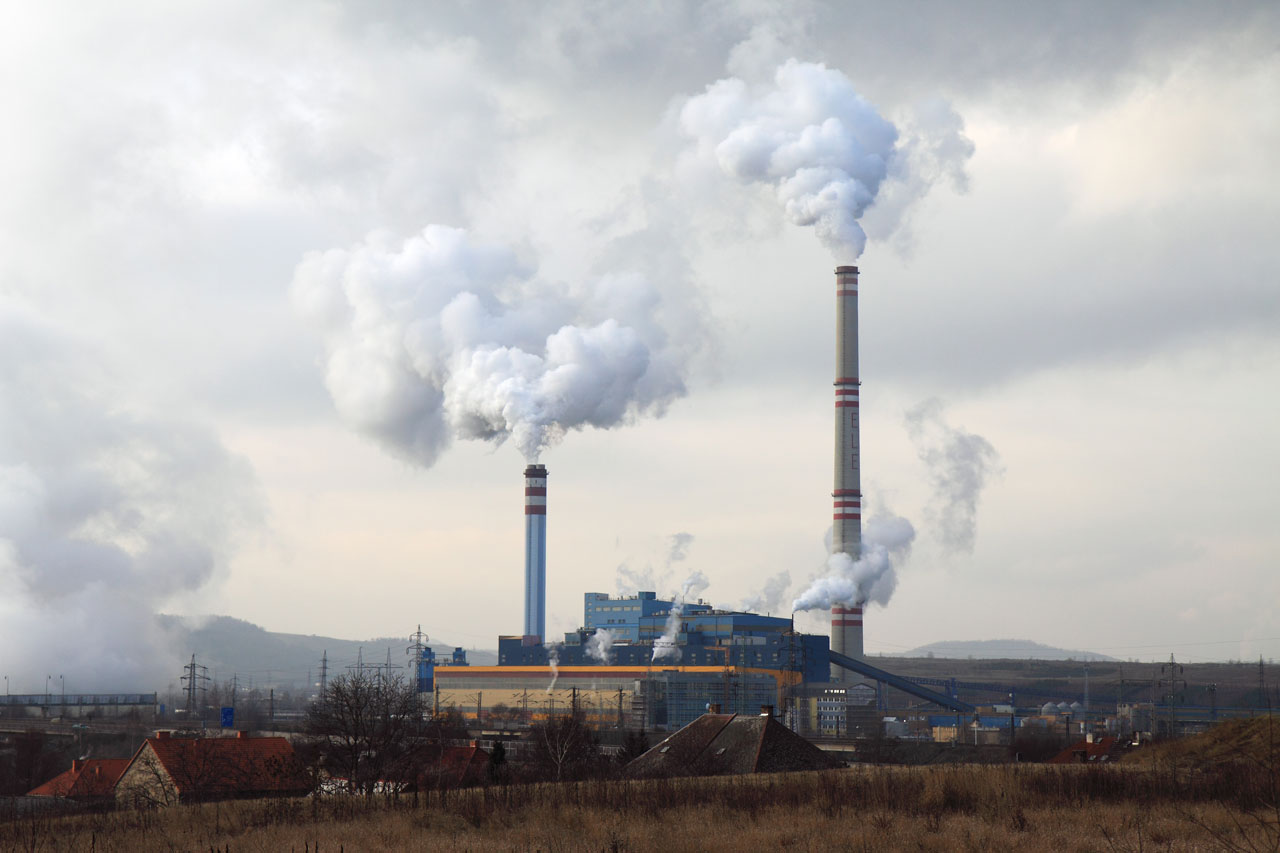


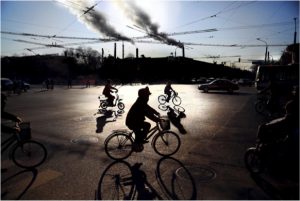
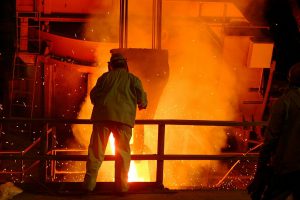
![[:en]ٹھنڈیانی روڈ، ایبٹ آباد کے قریب پتھر پیسنے کا ایک منظر ( تصویر- محمّد زبیر خان )[:ne]ٹھنڈیانی روڈ، ایبٹ آباد کے قریب پتھر پیسنے کا ایک منظر ( تصویر- محمّد زبیر خان )[:hi]ٹھنڈیانی روڈ، ایبٹ آباد کے قریب پتھر پیسنے کا ایک منظر ( تصویر- محمّد زبیر خان )[:bn]ٹھنڈیانی روڈ، ایبٹ آباد کے قریب پتھر پیسنے کا ایک منظر ( تصویر- محمّد زبیر خان )[:]](https://dialogue.earth/content/uploads/2017/01/Crushers-working-on-Thandiani-road-Abbottabad-300x225.jpg)
